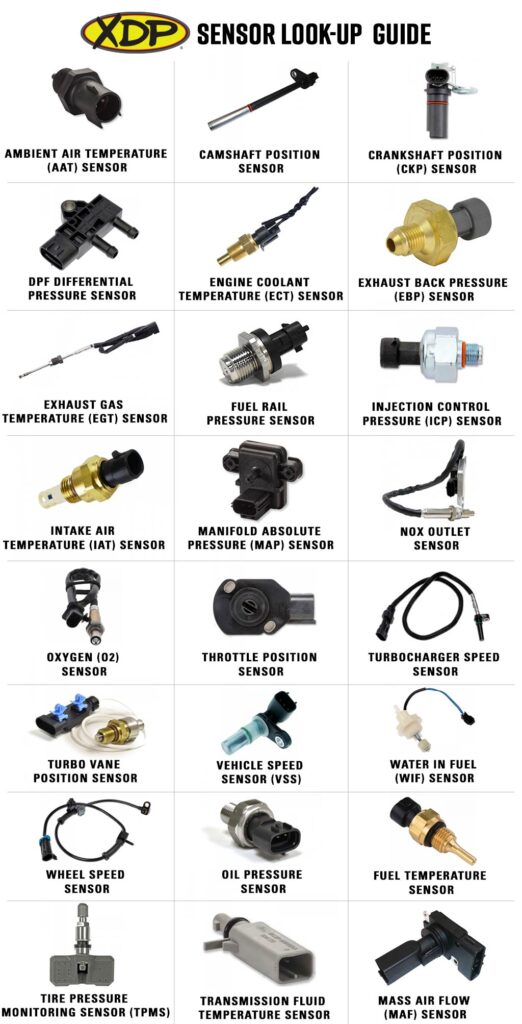
The modern-day diesel vehicle is like a computer. To ensure all these components and systems are functioning as they should, they require input and feedback from many different sensors. These essential electronic devices measure and monitor various aspects of the vehicle’s performance, including speed, temperature, pressure, and other critical parameters. Each sensor sends this information to the vehicle’s ECU (Electronic Control Unit) or ECM (Engine Control Module). Ensuring all the sensors on your truck are working correctly is vital to proper vehicle function and driver safety.
Whether you have a Ford Super Duty, Chevrolet Silverado/GMC Sierra, Dodge/Ram, Jeep, or other vehicle, its important to be aware of the sensors on your vehicle and their roles. With so many sensors on a truck or car, it can feel overwhelming. This guide breaks down some of the sensors on your rig and how they operate.
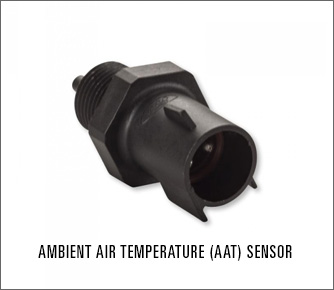
Ambient Air Temperature Sensor (AAT)
Generally composed of a thermal resistor, or thermistor for short, the main job is to measure the temperature outside of the vehicle. The temperature is then displayed as information inside the cabin. The main purpose of the ambient air temperature sensor is utilized within the air conditioning system. Information is sent to the engine control module when your air conditioning is in AUTO mode. This helps keep you as comfortable as possible.
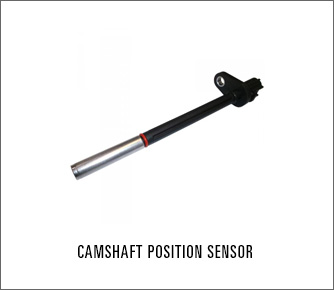
Camshaft Position Sensor
Living within the hall effect sensor family. The camshaft position sensor is in the most basic terms just an inductor. This means that it emits an electromagnetic field once electricity is introduced to the windings of the coil within the circuit. The way the sensor works is by having that electromagnetic field interrupted. Located on the camshaft itself will be some variation of toothed wheel, sometimes known as a reluctor wheel, which will pass close enough to the sensor and disturb the electromagnetic field. This is how the it communicates with the engine control module for the engine to know what rotational position the camshaft is in to perform timing related functions.
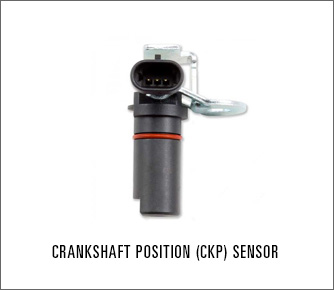
Crankshaft Position Sensor (CKP)
Living within the hall effect sensor family like the camshaft position sensor. The crankshaft position sensor is in the most basic terms just an inductor. This means it emits an electromagnetic field once electricity is introduced to the windings of the coil within the circuit. The way it works is by having that electromagnetic field interrupted. Located on the crankshaft itself will be some variation of toothed wheel, sometimes known as a reluctor wheel, which will pass close enough to the sensor and disturb the electromagnetic field. This is how the sensor communicates with the engine control module for the engine. The information allows the ECM to know what rotational position the crankshaft is in to perform timing related functions.
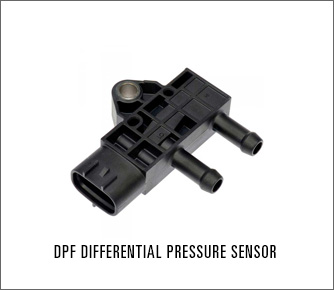
Diesel Particulate Filter Pressure Sensor (DPFP)
Differential pressure sensors come in two variations within the light duty diesel truck exhaust system. You will either see a 1-hose style or a 2-hose style. In general, most applications will use a 2-hose style due to manufacturers wanting to be able to monitor pre and post DPF (Diesel Particulate Filter) Pressure. Within the sensor itself is usually a small circuit board. The circuit board monitors pressure from side to side and differentiate the pressure, hence the name. The sensor’s purpose is to communicate with the vehicle’s control module to activate a regen cycle. There will be a set pre and post pressure to monitor. If there is an outlier within the set parameters, it tells the controls system to send the truck into a regen cycle to clean the DPF filter of trapped particulates.
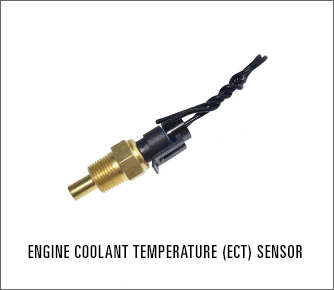
Engine Coolant Temperature (ECT)
Simply put, the engine coolant temperature sensor is just a negative temperature coefficient thermistor. Meaning that when temperature increases in the cooling system, resistance decreases within the circuit and will send a voltage signal to the engine control module in accordance with coolant temperature. This plays a role in the engine temperature display, cooling fan control, torque converter lock up, fuel injection amount, timing, as well as warning lights.
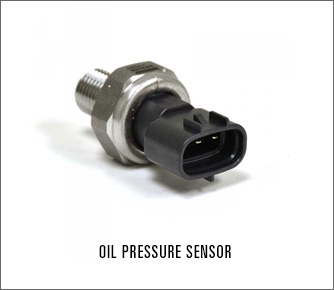
Engine Oil Pressure (EOP)
A very important sensor within the realm of the automotive world. The engine oil pressure sensor’s most important job is to do just as states – read oil pressure. Within the sensor itself, it is constructed using pressure-sensitive element, such as a piezoresistive or a capacitive pressure diaphragm. The diaphragm converts the oil pressure into an electrical signal. This electrical signal communicates with the engine control module to give you an oil pressure reading. This reading lets you know whether your engine is being lubricated properly or not.
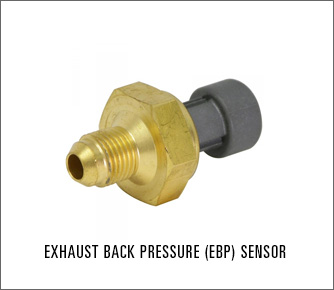
Exhaust Back Pressure Sensor (EBP)
Just like the manifold absolute pressure (MAP) reads pressure between the induction side of the turbo and the intake manifold of your diesel engine. The exhaust back pressure (EBP) sensor reads pressure between the exhaust manifold and the exhaust side of the turbo. The EBP sensor is also in the piezoresistive or capacitive pressure diaphragm family like others previously covered. The EBP will send the pressure reading to the engine control module. This helps with functions such as the exhaust back pressure valve we see on the 7.3 Powerstroke’s. Additionally, it helps with controlling fuel demand on many diesel engine applications.
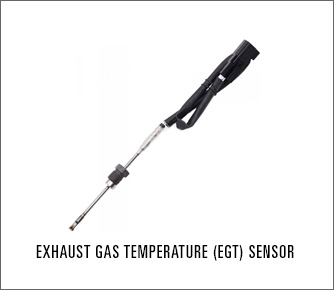
Exhaust Gas Temperature (EGT)
The exhaust gas temperature sensor is a common sensor within the modern diesel truck industry. Some trucks have an average of four to five precisely placed throughout the exhaust system. The EGT is commonly known to measure temperature at the exhaust manifold. Diesels now use EGTs heavily to keep track of exhaust temperatures within the DPF (diesel particulate filter) system. With almost all EGT sensors in the automotive world simply being a thermistor, the sensor increases or decreases resistance within the EGT’s electrical circuit. That information is sent to the engine control module to be monitored. These monitored temperatures help with making sure there are no fuel control issues within the fuel injection system. Additionally, the EGT makes sure the DPF system is functioning properly.
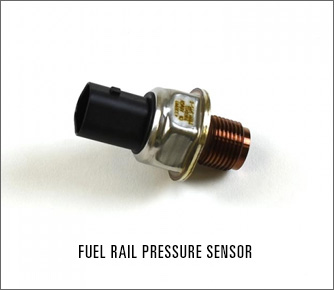
Fuel Rail Pressure Sensor
A sensor that truly defines the meaning of pressure sensor is the fuel rail pressure sensor. Withstanding pressure reading in some applications that range from 20,000 – 30,000psi in an accurate manner is nothing to scoff at. Living in the piezo crystal pressure sensor family like some of the other ones we have discussed, the fuel rail pressure plays a very important role in the fuel injection control module. Used to monitor and maintain fuel rail pressure, it will communicate with the controls system to supply the injectors with a constant rate of fuel depending on engine demand and load.
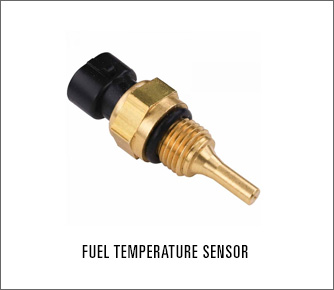
Fuel Temperature Sensor
Fuel temperature may seem like an odd sensor to have but it plays more of a roll than you would think. This also lives in the thermistor category as most temperature sensors do. The fuel temperature sensor helps to determine density of the fuel by monitoring its temperature. By sending this information to the controls system it ensures the fuel supply rate is the same at all temperatures, so the diesel fuel is being burnt in the most efficient manner possible. This also helps keep emissions at a minimum and optimize the combustion of the diesel fuel’s energy.
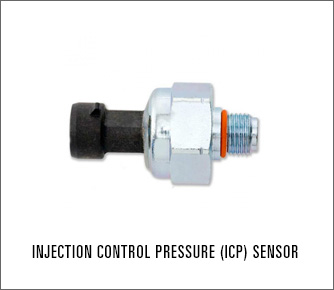
Injection Control Pressure (ICP)
Working within the fuel injection system, much like the fuel rail pressure. The injection control pressure sensor is used in high pressure oil-controlled fuel systems. You will see an ICP on the 7.3 liter and 6.0 liter Powerstroke engines. Living in the piezo crystal pressure sensor family, the ICP monitors fuel pressure that is generated by the high pressure oil pump (HPOP). The information is sent to the controls system to ensure there is adequate fuel pressure supplied to the injectors.
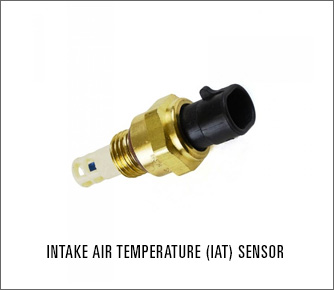
Intake Air Temperature (IAT)
An intake air temperature sensor is a crucial component in a vehicle’s engine management system. Living in the thermistor category like most temperature sensors we have discussed. Its primary function is to monitor the temperature of the air entering the engine’s intake manifold. This information is also vital for the engine’s control module to adjust the fuel injection amount and injection timing to optimize engine performance and efficiency.
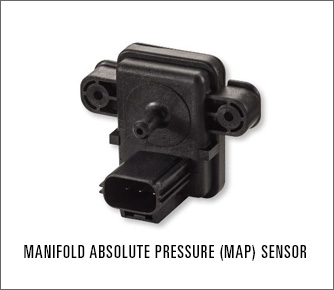
Manifold Absolute Pressure (MAP)
Although the MAP is what moves the boost gauge needle to the right when we put our foot to the floor, it does a whole lot more than that. Utilizing a piezoresistive element and diaphragm to read pressure at the intake manifold. The manifold absolute pressure sensor acts as the primary load sensor that communicates with the vehicle’s control module. In addition, this data is used to calculate air density and determine the engine’s air mass flow rate, which in turn determines the required fuel delivery for perfect combustion.
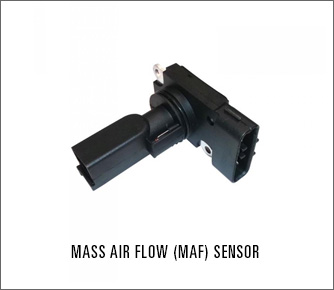
Mass Air Flow (MAF)
Used to measure the volume and density of air that enters the engine. The mass air flow plays a large role in determining the correct air/fuel ratio. Unlike any of the other sensors we have discussed the MAF sensor uses the heat transfer principle to measure airflow. Within the sensor itself is a heated wire or thin film element that is maintained at a constant temperature above the ambient air temperature. As air flows over the heated element, it cools the element down. The amount of cooling is directly proportional to the mass airflow rate. This information is then monitored by the engine control module to aid in complete combustion of fuel and smooth operation of the engine under all load conditions.
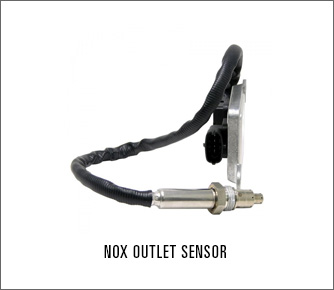
Nitrogen Oxide Sensor (NOX)
Utilized within most all newer diesel trucks that have a DPF/SCR catalyst system, the nitrogen oxide sensor is used to monitor excessive NOx or ammonia concentrations that may exist at the SCR outlet. Classified within the electrochemical sensors, the NOx sensor uses two or three electrochemical cells in adjacent chambers to supply the controls system with the determined NOx reading. This information is then analyzed and used to help with emissions control to help keep the diesel burning clean.
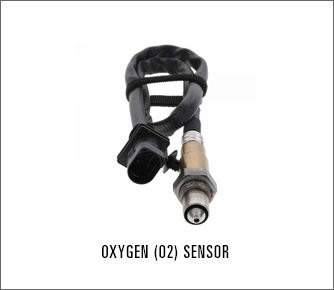
Oxygen Sensor (O2)
Much like the NOx, the oxygen sensor is also an electrochemical sensor. Sometimes known as a Zirconia oxygen sensor, the sensor uses heat and chemistry to detect oxygen. Zirconia dioxide is coated with a thin layer of porous platinum to form a solid‐state electrochemical fuel cell. Carbon monoxide, if present in the exhaust gas, is oxidized by the oxygen to form CO2 which triggers a proportional flow of current. The zirconia sensor does not directly sense O2, but rather the difference between the concentration of oxygen in the exhaust gas and in fresh air. Once the data is collected and analyzed, it also contributes to helping with emissions by supporting the correct air/fuel ratio.
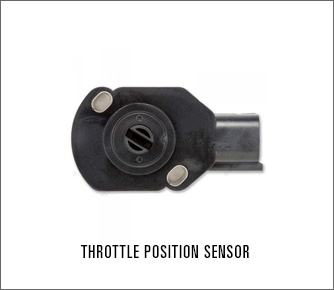
Throttle Position Sensor (TPS)
Although not in all light duty diesel applications, the throttle position sensor is becoming much more common with the introduction of throttle bodies in the newer diesel engines. Using a potentiometer, the throttle position sensor sends a signal to the engine control module to request acceleration. When the request is determined acceptable, the engine rpms rise as more fuel is supplied to the combustion chamber.
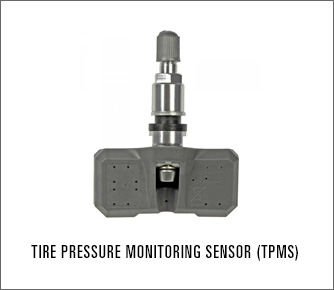
Tire Pressure Monitoring Sensor (TPMS)
A dual function sensor, the tire pressure monitoring sensor not only senses PSI within the tire, it also doubles as a transmitter to show you tire pressure from the comfort of your vehicles cabin. Using a piezoresistive element to read pressure and a radio frequency transmitter for all data transfer to the vehicle’s controls system. This RF transmitter sends information to the engine control module. The ECM then illuminates the tire light on your dashboard to warn you of an underinflated tire.
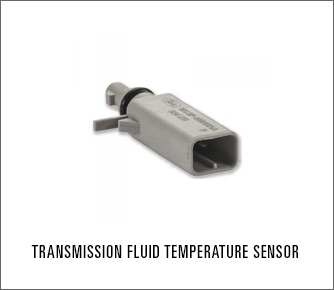
Transmission Fluid Temperature
The most important aspect of your transmission is the transmission fluid. Keeping the fluid cool is vital to the lifespan of all internal parts and longevity of your vehicle. Transmission fluid starts to deteriorate quickly when reaching temperatures over 217 degrees and does not return to its normal viscosity. This is why a transmission fluid temperature sensor is so important for all vehicles, including light duty diesel trucks. This also lives in the thermistor category of sensors like other temperature sensors.
The transmission temperature sensor will change resistance within the electrical circuit which will communicate with the vehicle’s control module to display the fluid temperature at the sensor’s location. Keeping an eye on transmission temperature is good practice, and the best rule of thumb to remember for transmission temperature is “ambient temperature + 100 degrees” is where the temperature should be when driving under normal conditions.
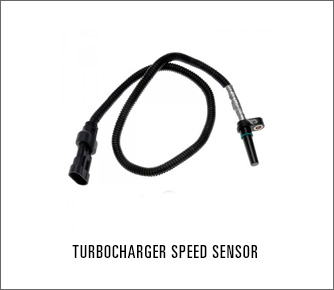
Turbocharger Speed Sensor
The turbo speed sensor works closely in the same manner as the camshaft and crankshaft sensors. The sensor creates a magnetic field around itself and gives an RPM (rotations per minute) reading by sensing variations in the magnetic field. On most turbos this is done by placing the sensor near a flat spot or notch on the turbo shaft or sealing disk. Being able to interpret turbo speed significantly helps variable geometry turbos from excessive turbo RPM. Excessive RPMs can significantly reduce turbo life and performance.
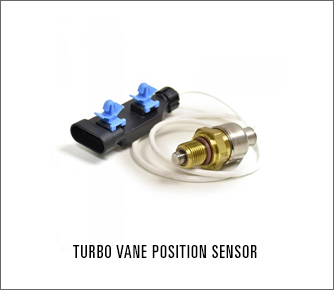
Turbo Vane Position Sensor
Largely assisting in the functions of the variable geometry turbos is the turbo vane position sensor. Using the principles of a potentiometer, the sensor knows both opened and closed limits of the turbo vanes. It communicates the position to the engine control module so it can adjust vane position correctly. This allows for optimal performance and function within the vehicles turbo system. Optimal function reduces turbo lag while under load and to ensure there is no wasted energy in the engine’s combustion chamber.
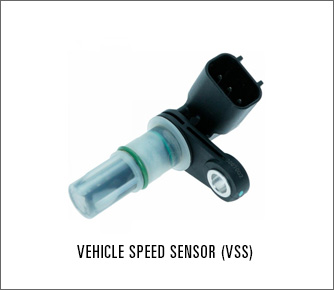
Vehicle Speed Sensor (VSS)
There are generally two types of vehicle speed sensors you will see in the automotive world. The first sensor is a hall effect sensor like what is used in the camshaft and crankshaft sensors. This sensor reads the magnetic field interruptions when placed close to a reluctor wheel on a rotating shaft which then interprets vehicle speed. The other type of vehicle speed sensor you will see is a gear driven vehicle speed sensor. These types of sensors use gear ratios and gear speed to determine the wheel speed that is presented to you on your dashboard.
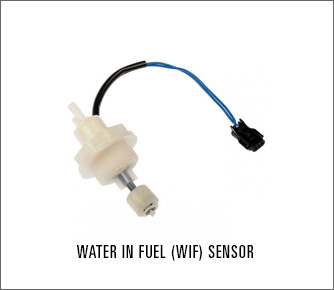
Water In Fuel (WIF)
Using one of the simplest electrical functions, the water in fuel sensor is just a normally open switch. There are two types of water in fuel sensors we see in the diesel truck world. One, a probe type switch that used the fluids conductivity to send a warning signal for water in fuel. The other, a float switch type that uses the density of water to raise the float to close the switch. When closed, a warning signal is sent to the engine control module to warn of water in fuel. These are typically placed at the bottom of the fuel filter. This positioning also allows water to sit at the bottom of the filter and not be introduced into the fuel injection system. The sensor is easy to change when needed.

Wheel Speed Sensor
Just like most rotational sensors, the wheel speed sensor is no different. Using the principle of a hall effect sensor, it interprets wheel speed by magnetic field interruption. Wheel speed sensors play a significant role in the anti-lock braking systems, stability control systems, as well as traction control systems. Most modern vehicles will have three- or four-wheel speed sensors to determine wheel speed variations from wheel to wheel. When a large enough wheel speed variation is detected, the vehicles control system acts upon the variation and enable one of the vehicles safety control systems mentioned above.
XDP has a wide selection of replacement sensors that ensure your diesel rig gets the proper readings. At XDP you can find genuine OEM sensors from manufacturers like Ford Motorcraft, Cummins, Mopar, and GM/AC Delco. If you prefer OE-style replacements, XDP also offers sensors from manufacturers like Dorman, Walker, Bosch, and more. Get the sensors your truck needs at XDP today!

